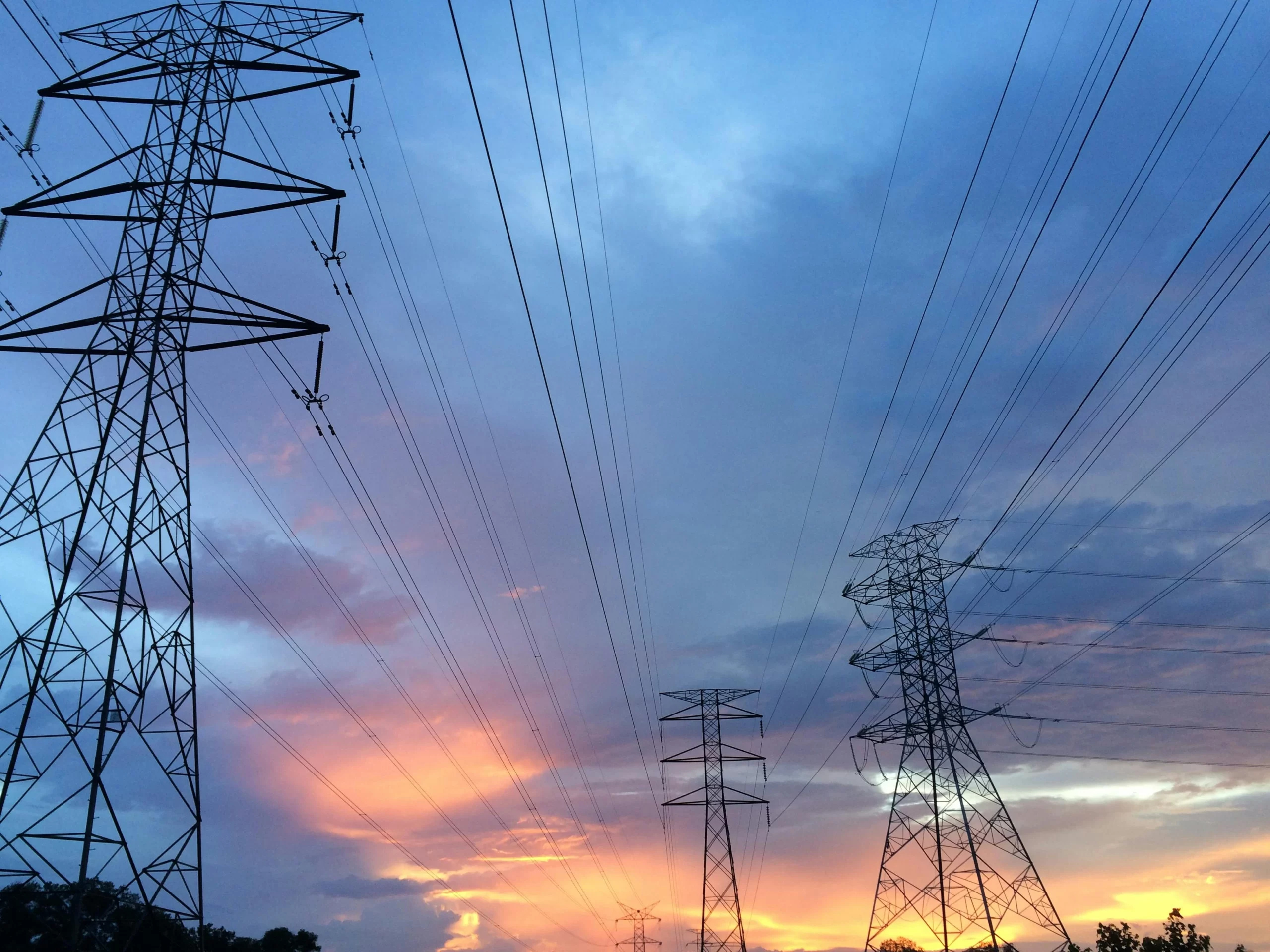
Understanding Electricity Measurements: Watt, Kilowatts and Megawatts

Want to know the difference between Watts, Megawatts and Kilowatts?
We might not be electricians but it is important to know what contributes to our electricity bills each month. This article would give you further information about their difference and how to use that knowledge to get savings and make informed decisions in managing your electricity consumption.
Watts, Kilowatts and Megawatts
What is a watt?
A watt is like a measurement of how fast something uses or produces energy. Most of commonly used appliances uses watt as their measurement for electricity consumption


What is a kilowatt?
A kilowatt (kW) is a metric unit of power that measures the rate of energy consumption or production. Specifically, it is equal to 1,000 watts. It allows us to compare the power output of various devices and calculate the amount of energy used or generated over a certain period.
Here are some common applications of kilowatts:
- Transportation: Electric vehicles are powered by batteries rated in kilowatt-hours (kWh), which measures the amount of energy stored in the battery.
- Residential Homes: Smaller generators used in homes or businesses are often measured in kilowatts. Also, the power used in homes are also measured in kilowatt-hours (kWh)
- Comparing energy efficiency: By comparing the amount of heat generated per kilowatt of power consumed, we can determine which devices are more efficient and cost-effective in the long run.
What is a megawatt?
A megawatt (mW) is also a metric unit of power that measures the rate of energy consumption or production but on a largest scale.
Megawatts come into play in various situations:
- Power Generation: Nuclear power plants, large solar farms, and wind farms all have their power generating capacity measured in megawatts. A typical nuclear reactor might generate around 1,000 MW, enough to power a large city.
- Power Transmission: The massive power grids that carry electricity across vast distances have their capacity measured in megawatts. This helps ensure enough power flows to meet regional demands.
- Industrial Needs: Large factories with heavy machinery require significant amounts of electricity. Their power needs are often expressed in megawatts.
- City Needs: The total electricity consumption of a large city can be immense. Understanding this demand, measured in megawatts, allows utilities to plan for and meet the city’s energy needs.


Electricity in Residential Homes
Electricity has become an essential part of our daily lives, powering our homes, appliances, and gadgets. Thus, it is important that we must know how much energy our gadgets or appliances consumes.
There are a lot of ways that this knowledge will become beneficial.
- Planning for future use – we could use this information so that we can plan how will we use our appliances, gadgets or lights and or how often should we use it
- Anticipate future bills – when we are fully aware of how much energy we consume we can already anticipate how much will we have a bill in the upcoming months so that we can already set a budget for it in advance. Although, it is beneficial to provide a little margin for increases as utility charges changes from time to time
- Electricity Management – another benefit of knowing your electricity usage is you will know be able to manage properly your daily or monthly usages of your appliances or gadgets at home. For example: if nobody is using the appliance, gadget or light then you can turn it off if it uses a lot of electricity. On the contrary, you can keep the others turned off most especially if you using it casually every now and then
Why the Distinction Matters for Consumers
Understanding the distinction between watts, kilowatts, and
kilowatt-hours is essential for consumers, particularly when purchasing
appliances. Appliance labels display wattage or kilowatt ratings, enabling you
to compare the baseline power consumption of different appliances. Generally, a
lower wattage means lower energy usage.
However, it’s important not to be deceived by the price alone! While a highly energy-efficient appliance may save you on electricity bills, it’s crucial to prioritize quality to avoid ending up with a short-lived, low-quality product.
In addition, it can help you estimate the energy usage of an
appliance over time, allowing you to compare the long-term operating costs and
select the most cost-effective option for your specific needs.

Articles you might like
Check out our other pages
Need assistance?
- Contact us here
- Call us – 203-408-2440
- Business Hours – 9am to 5pm Mon-Fri
FAQ
Check out our most frequent questions here.
Electricity is measured in different units depending on how much power is being used or produced. A watt (W) is a small unit—think of a light bulb that uses 60 watts. A kilowatt (kW) is 1,000 watts, which is used for bigger things like air conditioners or refrigerators. A megawatt (MW) is a million watts, which is how we measure huge power sources like wind farms or entire city electricity supplies.
A kilowatt (kW) tells you how much power something uses right now—like how fast a car is going. For example, a microwave might use 1 kW when it’s running. A kilowatt-hour (kWh) tells you how much energy is used over time—like how far the car travels. If you run that 1 kW microwave for one hour, it uses 1 kWh. Your electricity bill is based on how many kWh you use each month.
Your electricity bill depends on how much energy you use (in kilowatt-hours or kWh) and how much your utility company charges per kWh. Here’s an easy way to estimate:
- Find the wattage of your appliances. This is usually printed on a label on the appliance (for example, “100W” for a light bulb).
- Figure out how many hours you use each appliance per day. For example, if you use a 100W bulb for 5 hours, that’s 100 watts * 5 hours = 500 watt-hours, which is equal to 0.5 kWh (since 1 kWh = 1000 watt-hours).
- Add up the daily kWh usage for all your appliances.
- Multiply the total daily kWh by the number of days in the month (approximately 30). This will give you your estimated monthly kWh usage.
- Multiply the total monthly kWh by your electricity rate. You can find your electricity rate on your latest bill. It might be somewhere around $0.10 to $0.30 per kWh (the average in the US is around $0.16 per kWh, but it varies by state).
For example:
If you estimate your total monthly usage to be 500 kWh and your electricity rate is $0.15 per kWh, your estimated bill would be around 500 kWh * $0.15/kWh = $75.
Megawatts are used for really big electricity needs:
- A large wind turbine can produce 2–5 megawatts (enough for 1,000+ homes).
- A solar farm might generate 100 megawatts (powering a small town).
- A coal or nuclear power plant can produce 500–1,000 megawatts (enough for a city).
- A big factory might need 10–50 megawatts to run its machines.
Understanding these terms helps you:
- Save money by choosing energy-efficient appliances (lower watts = lower bills).
- Compare electricity plans since rates are based on kWh.
- Make sense of news about energy (like when a new solar farm is built, you’ll know what “200 megawatts” actually means).
- Plan for solar panels (if your home uses 30 kWh per day, you’ll know how big a system you need).
Contact Us
25 Eastern Steel Road
Milford, CT, United States
(+1) 203-408-2440
info@primeenergysolar.com
marketing@primeenergysolar.com
If you are a reporter looking for information on media services please contact us at:
marketing@primeenergysolar.com
